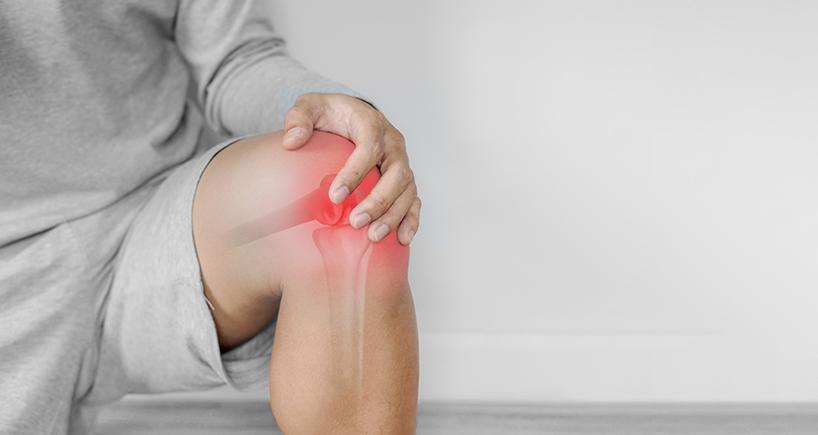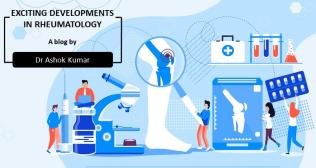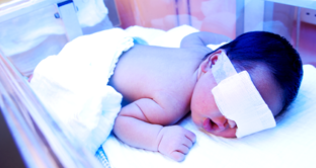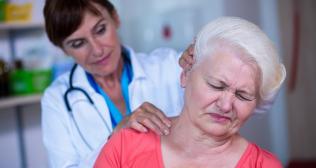
Recognizing the Early Signs of Arthritis to Prevent Adverse Consequences
Arthritis, characterized by inflammation in the joints, typically manifests as recurrent pain, rigidity and uneasiness. However, they are often mistaken for injuries or strains. This article explores the early signs of arthritis along with its types and treatment, aiming to help people detect the condition during the initial stages.
What is arthritis?
Arthritis is a condition that’s characterized by inflammation of the joints, causing pain and stiffness. It can worsen with age.
Early signs of arthritis
Some forms of arthritis are referred to as silent since they often go undetected during the initial stages. Recognizing the early signs of the condition is crucial for timely intervention and effective management. Some initial signs of the condition are:
- Joint pain: Pain is the primary sign of arthritis, which can appear when one is moving (even with sudden movements) or at rest.
- Stiffness: It usually occurs in the morning or when one remains stationary for long periods.
- Swelling: Certain types of arthritis cause swelling on the joint, which feels warm to the touch and causes skin redness. Prolonged or recurrent swelling is one of the main indicators of the condition.
- Grinding sound: Grating or grinding noise in the joint during movement indicates that the cartilage has worn down, potentially signaling the onset of arthritis.
Arthritis can affect several joints in the body. However, they’re highly prevalent in:
- Hands and wrists
- Knees
- Hips
- Feet and ankles
- Shoulders
- Lower back
Types of arthritis
Arthritis can be of many types, with each having distinct symptoms that necessitate specific treatment strategies. The common types of arthritis include:
- Osteoarthritis: It occurs due to the breakdown or damage of the cartilage and other tissues in the joint, which usually becomes severe over time.
- Rheumatoid arthritis: This is an autoimmune disease where the body’s immune system attacks the joints, sometimes affecting other parts of the body as well. While its cause remains uncertain, experts hypothesize that it results from a combination of genetic, hormonal and environmental factors.
- Psoriatic arthritis: This type of arthritis affects people who have psoriasis (a skin condition characterized by red patches with silvery scales). The skin condition can be mild to severe and can affect any body part, ranging from the fingertips to the spine.
- Gout: This form of arthritis occurs when uric acid crystals accumulate in the joints, causing severe pain, stiffness and redness.
- Ankylosing spondylitis:It affects the joints and ligaments in the spine, predominantly the lower back. Severe cases can cause some bones in the spine to fuse.
Symptoms of arthritis
While the typical symptoms of arthritis include joint pain and stiffness, some specific symptoms for different types of arthritis are as follows:
- Distinct symptoms of osteoarthritis include swelling, loss of flexibility, grating noise during movement and bone spurs.
- Symptoms of rheumatoid arthritis include joint swelling, fatigue, weakness and fever.
- Extreme joint pain, typically in the big toe, is one of the specific symptoms of gout.
- Apart from the usual signs, the symptoms of psoriatic arthritis include red, patchy skin that’s associated with itching.
Treatment of arthritis
Doctors may recommend specific medications depending on the type of arthritis. While studies suggest that arthritis cannot be cured completely, its symptoms can be controlled with appropriate medical guidance and lifestyle interventions, which can prevent the condition from worsening. Some natural remedies to address the condition are as follows:
- Incorporate foods with anti-inflammatory properties and antioxidants into the diet for overall joint health.
- Avoid smoking and alcohol consumption.
- Maintain a healthy body weight, as excessive weight places undue stress on the weight-bearing joints.
- Water aerobics and swimming will help improve joint flexibility.
- Apply hot and cold therapy to the affected joints to alleviate pain.
Adequate rest is essential to manage inflammation, pain and fatigue.












